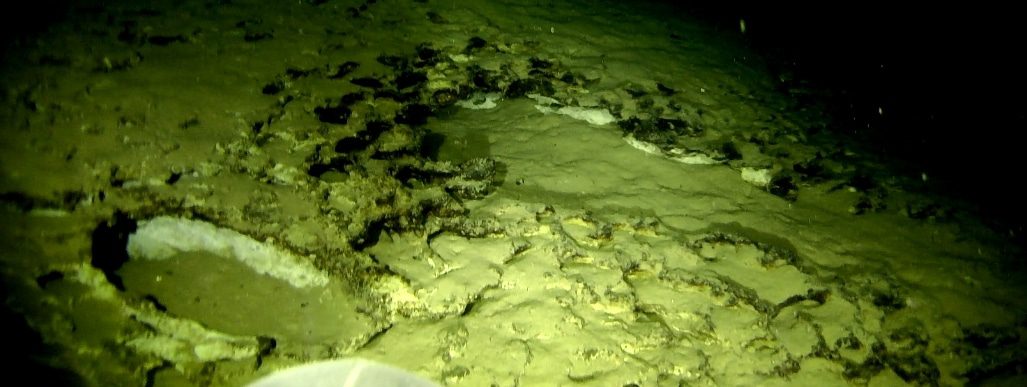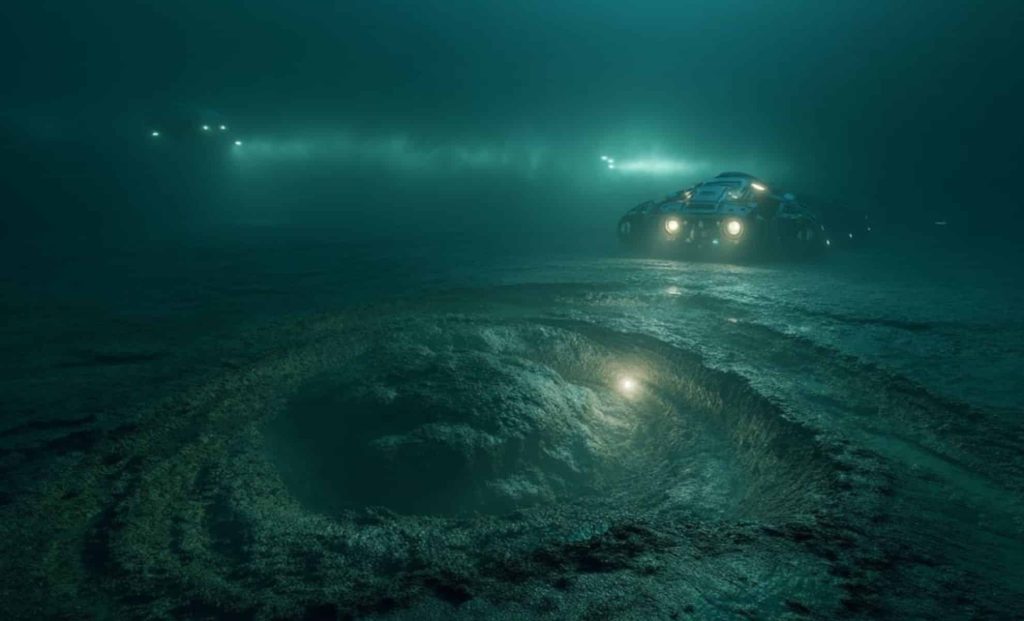In the ice depths Lake BaikalThe oldest and deepest freshwater lake in the world, a robotic journey revealed amazing geological secrets that were previously hidden under the surface. It is known for its extreme depths 1642 meters And its unique biological diversity, Lake Baikal The scholars have always been fascinated.
Discover the mud volcano explosion
During the summer of 2023, a A team of researchers published an independent underwater vehicle (AUV) In cold water Lake BaikalFocusing on the northwestern sink. Robot picked up amazing shots Mud The outbreak of depths between 100 and 165 meters in two main regions: Malaaya Kousa Bay and Gulfshinskaya Bay.
Although scientists were aware of the presence of clay volcanoes in the lake, they did not expect activity in such depths and very close to Severobaikalsk. The importance of this discovery lies in the proximity of these explosions to the rift area.
the Severobaikalsk It is a tectonic, active area Mud It indicates a structural relationship between tectonic stress and volcanic activity. “The error is alive,” He said Oxane Moonand The structural geology that led the campaign.
The new activity in these areas can be a major indication of potential seismic events in the region, providing scientists a new way to predict future earthquakes.

A surprising relationship with seismic activity
while Mud Not a new phenomenon in Lake BaikalThe site and intensity of the explosions is unprecedented. the Severobaikalsk It runs along the northwestern beach of the lake, and Mud In these areas, it appears directly linked to the seismic activity of the error.
This relationship between Tectonic movements and Clay volcano It can provide valuable data to monitor the future Earthquakes In the area. Large distortions and fragile fractures were identified along the lake floor. in Gulfshinskaya BayNote the robot, very slopes covered with porous and small mud hills ClaySome of them are small like five centimeters in height.


Many of these structures have appeared recently, indicating active revolutions. Saturated fluids with gases that escape from the lower sediment family were seen, which enhances the link between Mud Tktoni activity.
The researchers have also noticed similar patterns in Solontsovaya BayWhere the gas poles are aligned with old seismic dislocation. This alignment supports the theory that Mud It can act as indicators of imminent seismic activity, providing scientists a powerful tool to predict earthquakes in the future.
Life thrives in harsh conditions
In addition to geological discoveries, the automated campaign also revealed something really unusual – life flourishes in cold cold waters Lake Baikal.
around MudScientists have documented a variety of ExtremophilesLiving organisms that can live in maximum environmental conditions. This included Amphibiansand Stomachand TraysAnd Cortical fish.
These species are found hidden in the central openings of MudWhere the pressure is high, and the cold temperature. Colonies White sponge It has also been observed related to the rocky prototypes in the region.
The presence of these living organisms in such harsh conditions provides new visions about the ability to adapt to life. It seems that the microbes and animals around volcanoes have developed unique mechanisms to endure severe pressure and low temperatures at depths up to 165 meters.
Results in Lake Baikal Providing valuable information about how life remains in the harshest environments on Earth, and may even provide evidence about the possibility of life on other planets.
Some scholars have drawn similarities between these Extremophiles And potential ecosystem that can be found in the surface oceans on satellites such as Europe and Ecsellados. These satellites in our solar system were a great interest in searching for life outside the planet, and Lake Baikal Underwater insulated environments may provide evidence of conditions that can support life outside the Earth.








More Stories
An exercise that exhausts myelin brain, but it is completely recovered
The neutrons shrink, and this is a good thing for physics
Discovering “hidden galaxies”, if confirmed, will increase cosmology